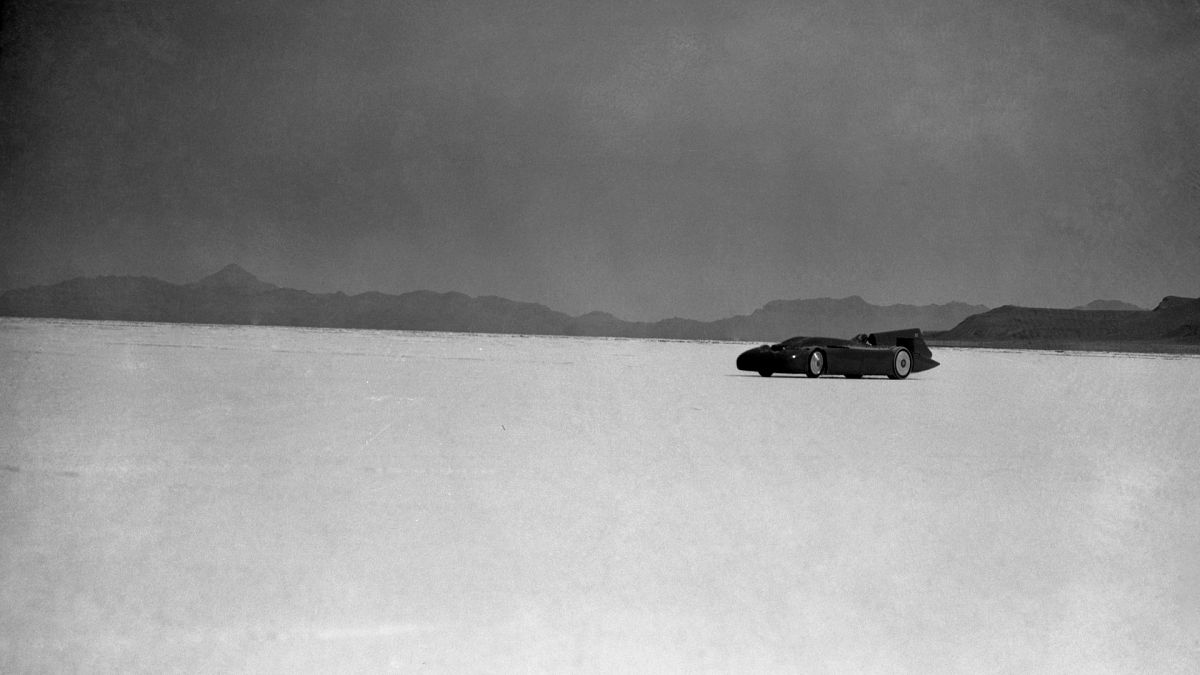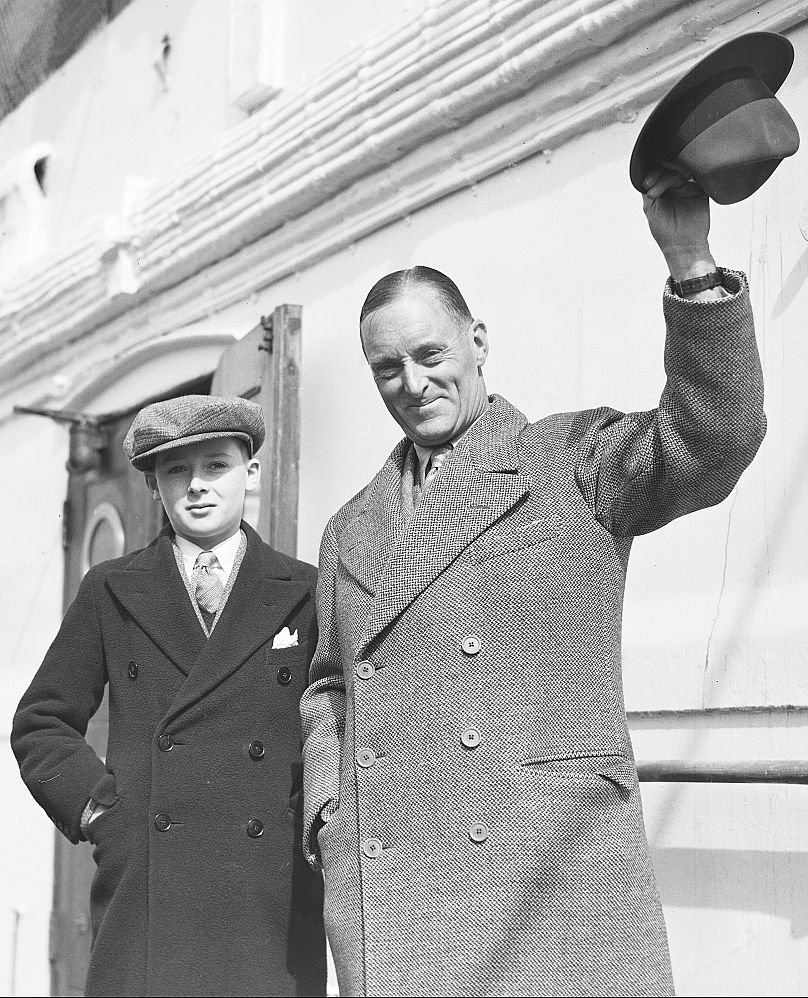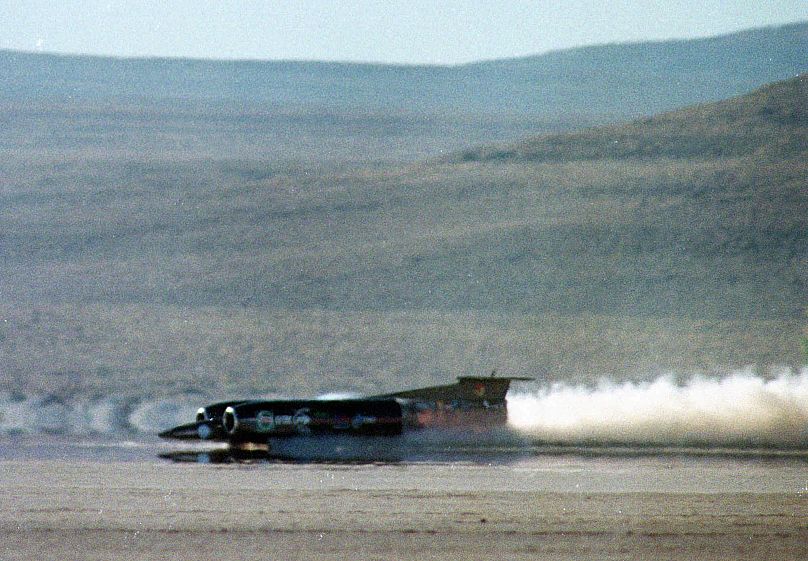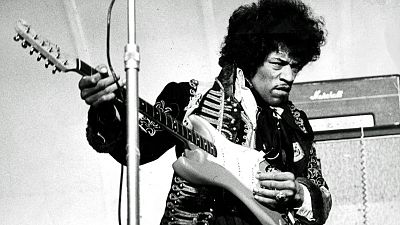Why do people obsess over going so fast? On this day, Sir Malcolm Campbell felt the need for speed and went faster than any human had ever been in a car.
22 February 1933: Sir Malcolm Campbell becomes the fastest man on Earth
Speed is a funny thing. Some people are afraid of it. Tachophobia is the irrational fear of speed, paralysing some people from travelling in cars and in some instances even looking at moving vehicles. There’s a famous myth that when the 1985 French short film ‘L'Arrivée d'un train en gare de La Ciotat’ was shown in cinemas, audiences ran screaming from the image of an oncoming train.
And yet, from the moment the automobile was created, people have been trying to find out how fast we can go.
Today’s Culture Re-View is dedicated to one of those attempts. On this day in 1933, Sir Malcolm Campbell drove his Campbell-Railton Blue Bird car to a land speed record of 272 mph. Considering the fastest speed achieved in a car available for purchase was 277.87 mph done in a Koenigsegg Agera RS in 2017, 84 years later, that’s quite impressive.
Campbell was a British racing driver and motorsports journalist born in 1885. Although he wasn’t interested at first in cars, opting to work in banks in the 1910s, he quickly developed his obsession by competing in motorcycle races.
After serving as a Major in the British Army during the First World War, Campbell dedicated himself to racing. He started trying to break the land speed record.
Between 1924 and 1935, Campbell would break nine land speed records, first with Sunbeam cars and then moving on to his own signature Blue Bird cars. It was on this day, 90 years ago that he did his first run in his Campbell-Railton Blue Bird at Daytona, USA. Topping out at 272 mph, he beat his previous year’s record by nearly 20 mph.
Later, Campbell’s son would take up the family gauntlet and commit to breaking land speed records as well. Donald Campbell went on to set the fastest ever land speed record for a wheel-driven vehicle with his 1964 run of the Bluebird CN7. He reached a top speed of 403 mph (648.73 km/h) across Lake Eyre in Australia.
After Donald Campbell’s run, he believed the next evolution in land speed records would require jet propelled vehicles instead of wheel-drive. He started working on a new prototype, the Bluebird Mach 1.1. He was right, Donald’s 1964 record still stands as the fastest wheel-driven speed and all subsequent records have been set by jet powered vehicles. Sadly, he never lived to see it as Donald died in a boat crash attempting to set a water speed record in 1967. The fact his father had died of a stroke aged 63 in 1948 was a relative anomaly of land speed record holders those days.
Still, the Campbell name is one etched into the history books of speed. From the first land speed record of 39.24 mph set in 1898 to the current record holder, Andy Green who went 763.035 mph and broke the sound barrier in 1997, it’s been a wild century of speed records.
As an additional note, although land speed records are not a gendered sport according to the Fédération Internationale de l'Automobile (FIA), there is an unofficial women’s record kept. The most recent holder is American driver Jessi Combs who drove North American Eagle Project to the top speed of 392.954 mph in 2013.





